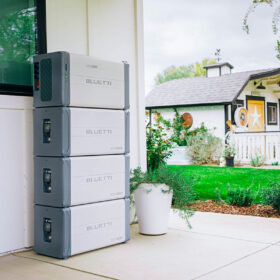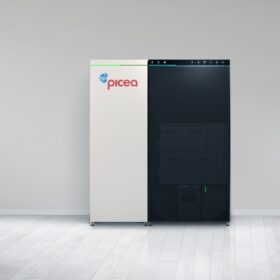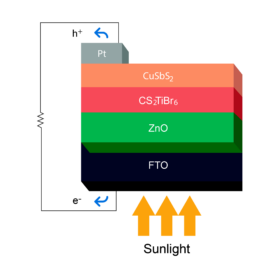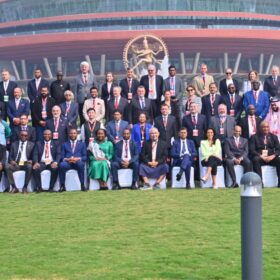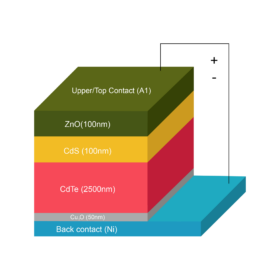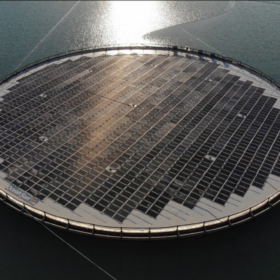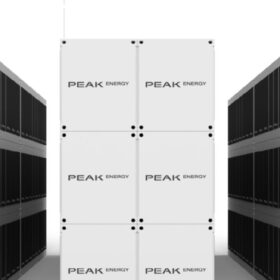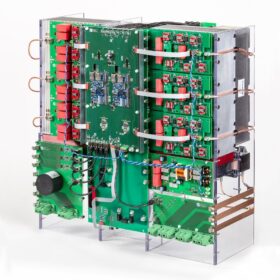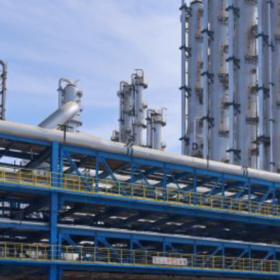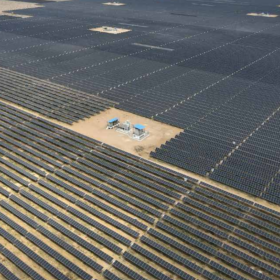Advancing iron and salt batteries with $8 million in seed funding
Inlyte Energy moves forward in development of a nearly 50-year old battery technology with ARPA-A award, recent acquisition of Beta Research and new funding by At One Ventures.
Bluetti introduces new modular residential battery system
Bluetti, a US solar and storage specialist, has developed a modular 7,600 W lithium iron phosphate battery system for residential settings, with 9.9 kWh to 19.8 kWh of flexible energy storage capacity.
HPS Home Power Solutions unveils hydrogen residential storage system
Germany’s HPS Home Power Solutions says its new 15 kW system uses surplus power from PV installations to produce hydrogen via electrolysis.
New lead-free perovskite solar cell design promises 26.96% efficiency
Bangladeshi scientists have developed a high-efficiency perovskite solar cell with 26.96% efficiency, an open-circuit voltage of 1.0478 V, and a fill factor of 81.35%.
India hosts sixth session of International Solar Alliance Assembly in New Delhi
The Assembly has decided to increase the viability gap funding for solar projects in member countries from 10% of the project cost to up to 35%, depending on the capacity and needs of the countries and their respective projects.
Novel cadmium telluride solar cell design with potential efficiency of 31.82%
Scientists in Bangladesh designed a cadmium telluride solar cell with upper/top and back contact materials made of aluminum (Al) and nickel (Ni). The device reportedly showed a quantum efficiency of around 100 % at visible wavelengths.
SJVN to pilot membrane-based floating project utilizing Norwegian firm’s technology
SJVN Green Energy Ltd will pilot a 2 MW floating solar project based on Norwegian firm Ocean Sun’s membrane-based floater technology. Once this pilot project succeeds, the two companies will collaborate to deploy this technology on a large scale in the southern part of India.
USA: Peak Energy to set up domestic market for sodium-ion batteries
Sodium-ion energy storage system manufacturer, Peak Energy, is working to streamline what it believes is the biggest bottleneck to scaling enough battery energy storage systems to accommodate 80% renewable energy generation and 100% carbon-free electricity in the United States by 2035.
Fraunhofer ISE presents silicon carbide string inverter for medium-voltage applications
Fraunhofer ISE researchers claim the new silicon carbide inverter is technically able to handle voltage levels of up to 1,500 V at 250 kVA in utility scale solar power plants.
NTPC, Engineers India Ltd sign MoA for green hydrogen and green ammonia
NTPC’s R&D center NETRA and Engineers India Ltd (EIL) will collaborate in carbon capture utilization and storage (CCUS), green hydrogen, and green ammonia.

